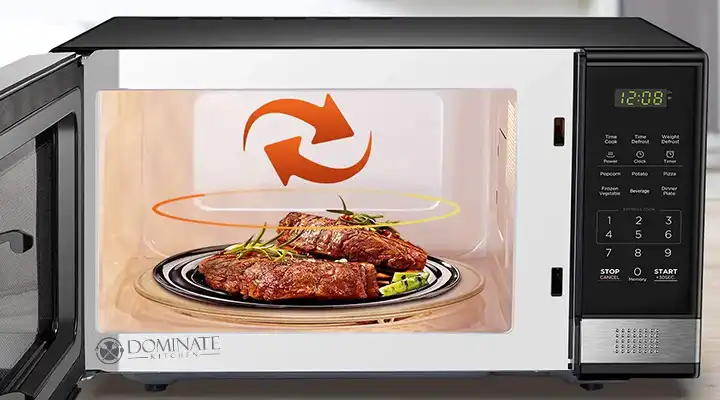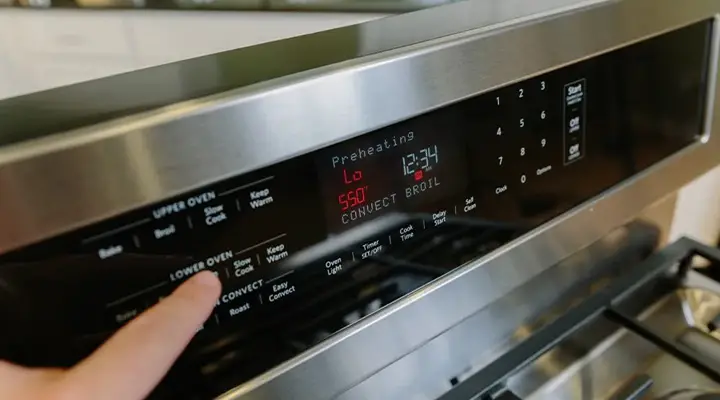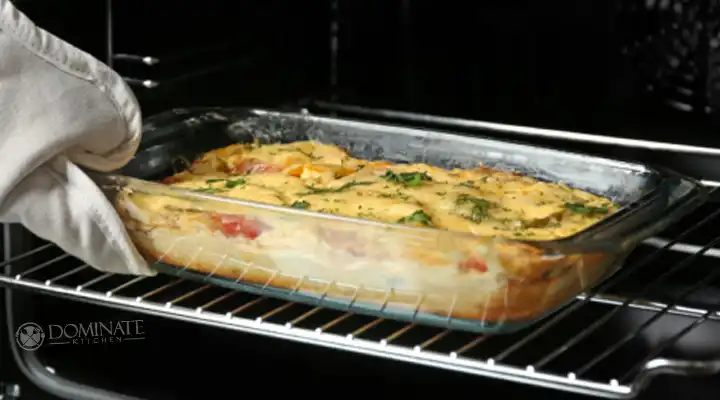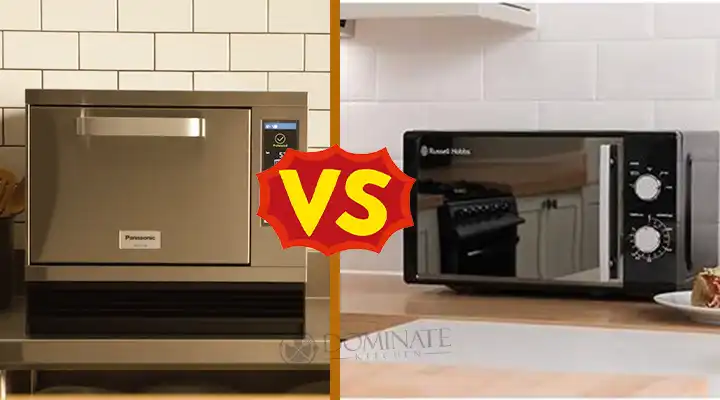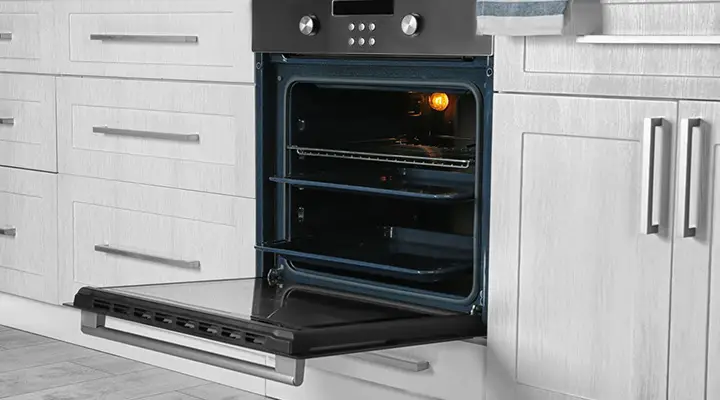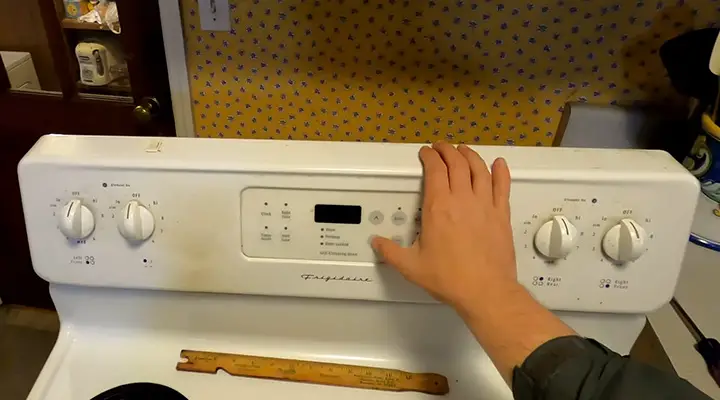Bake Time vs Timer on Oven: What’s the Difference?
In the world of baking, precision and timing are everything. Your oven’s timer is like the conductor of a symphony, ensuring that your culinary masterpiece reaches its crescendo of perfection. But what happens when the recipe suggests a specific “bake time,” and your oven timer seems to have a different rhythm altogether? In this exploration, I’ll explain the intriguing interplay between bake time and the trusty timer on your oven, uncovering the secrets to achieving delectable results while keeping things elegantly simple.
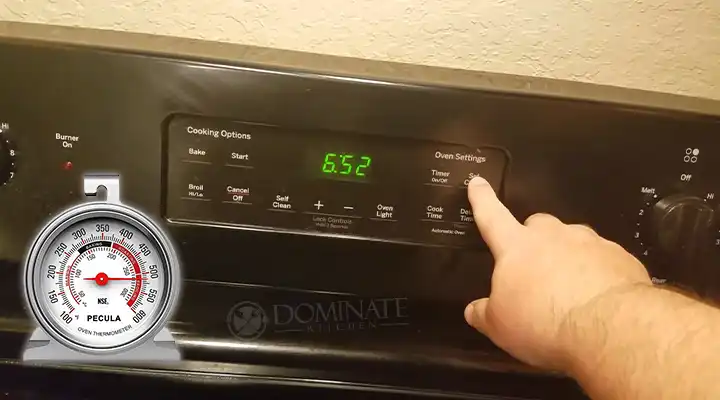
Key Differences Between Bake Time and Timer
Baking isn’t just about mixing ingredients and sliding trays into the oven. It’s a dance of precision, where understanding the nuances of bake time and the timer can elevate your culinary masterpiece. These kitchen companions, although often used interchangeably, serve distinct roles in the world of cooking. To unravel their secrets, have a look at the fascinating differences that set them apart.
Bake Time
Defines Cooking Duration: Bake time is a crucial parameter that specifies the exact duration your dish should be exposed to heat in the oven. It is typically measured in minutes or hours. This time is essential for the cooking process, as it dictates how long your food is subjected to the oven’s heat.
Integral to the Recipe: Bake time is often an integral part of a recipe. It is meticulously calculated to ensure that your dish is cooked thoroughly and to the precise level of doneness recommended by the recipe. Deviating from the specified bake time can result in undercooked or overcooked food.
Automatically Turns Off: One of the key advantages of setting a bake time is that when the designated duration elapses, the oven automatically turns off. This feature is designed to prevent overcooking and burnt dishes. It offers a level of convenience and safety, as you can trust that your oven will cease heating once the required bake time is completed.
Usually Set at the Start: Bake time is typically set before you place your dish in the oven. This ensures that the cooking process begins immediately after the oven reaches the desired temperature. Setting the bake time in advance allows for a more hands-off approach to cooking, especially for dishes that require longer cooking times.
Timer
Non-specific to Cooking: Unlike bake time, a timer is a versatile countdown or stopwatch function on your oven that is not tied to the cooking process. It is a general timekeeping tool that can be used for various purposes, both in and out of the kitchen.
Manual Operation: Setting a timer is a manual process. You determine the duration for which the timer will count down, often for purposes like reminding you to perform specific cooking-related tasks or to keep track of time for non-cooking activities.
Does Not Affect Oven Operation: Importantly, the timer does not influence the oven’s heating or cooling. It operates independently of the oven’s cooking function. Instead, it functions as a helpful notification tool, alerting you when the preset time is up.
Can Be Set Anytime: A timer can be set at any point during the cooking process. You can use it to remind you to check, turn, baste, or perform other tasks while your dish is in the oven. It allows you to multitask efficiently and manage your cooking process.
Here’s a quick reference table to highlight the distinctions —
| Aspect | Bake Time | Timer |
| Function | Defines cooking duration | General countdown or stopwatch |
| Role in Cooking | Integral to recipe | Assists in tracking time |
| Automation | The oven turns off when done | No effect on oven operation |
| Setting Time | Before placing in the oven | Can be set at any point |
Why Is It Important to Understand the Difference?
Understanding the difference between bake time and timer is essential for several reasons —
Recipe Success
Many recipes include specific bake times as a critical component. Following these times ensures that your food is cooked to the desired level of doneness and flavor. If you mistakenly use the timer when bake time is required, you might end up with undercooked or overcooked dishes. For example, baking a cake without setting the appropriate bake time can result in a gooey mess or a dry, overbaked dessert. To achieve the best culinary outcomes, it’s essential to follow the recipe’s bake time instructions diligently.
Efficiency
Cooking can be a complex process, often requiring multiple tasks to be carried out simultaneously. Understanding when to use a timer is crucial for managing these tasks efficiently. For instance, while baking a chicken, you may need to baste, rotate, or check the temperature of the meat at various intervals. Setting a timer for these specific actions allows you to stay organized and prevents you from constantly opening the oven, which can disrupt the cooking process. By distinguishing between bake time and timer, you can streamline your kitchen operations and ensure that every component of your meal is perfectly prepared.
Consistency
Consistency is a hallmark of great cooking. When you use bake time appropriately, your dishes will have a consistent level of doneness every time you prepare them. This is especially important for dishes like roasts, where a slight variation in cooking time can lead to a significant difference in taste and texture. By sticking to bake times, you can replicate your culinary successes and impress your guests or family with consistently delicious meals.
Safety
Another crucial aspect of using bake time correctly is safety. Many ovens are designed to automatically turn off when the bake time is complete. This feature minimizes the risk of overcooking, burning, or even causing fires. If you mistakenly rely on a timer instead of bake time, your oven may continue heating indefinitely, posing potential safety hazards. Understanding the distinct purposes of bake time and timer can help you cook safely and prevent accidents in the kitchen.
Some Use Case of Both Bake Time and Timer
Bake Time
- Roasting a turkey for 2 hours at 350°F.
- Baking a cake for 30 minutes at 375°F.
- Preparing a casserole for 45 minutes at 400°F.
Timer
- Setting a 15-minute timer to remind you to turn your chicken drumsticks.
- Using a timer to monitor the boiling time for pasta.
- Setting a 5-minute timer for a quick oven check to ensure your dish isn’t burning.
Common Relative Questions
Can I use the timer for any cooking method?
Yes, the timer is versatile and can be used for any cooking method or even non-cooking-related tasks.
What happens if I forget to set the timer or bake time?
If you forget to set either, your dish may overcook or undercook. It’s crucial to follow recipe instructions carefully and use these functions appropriately.
Can I use the timer and bake time simultaneously?
Yes, you can use both functions simultaneously. For instance, you can set a bake time for your dish and use the timer for reminders during the cooking process.
Conclusion
In conclusion, the relationship between bake time and the timer on the oven is a fundamental aspect of achieving culinary perfection. While the timer serves as a reliable guide, it is crucial to remember that the true art of baking lies in understanding your recipe, your ingredients, and the unique nuances of your oven. Ultimately, finding the ideal balance between bake time and the timer will empower you to create delectable dishes that not only delight the palate but also showcase your culinary expertise.

